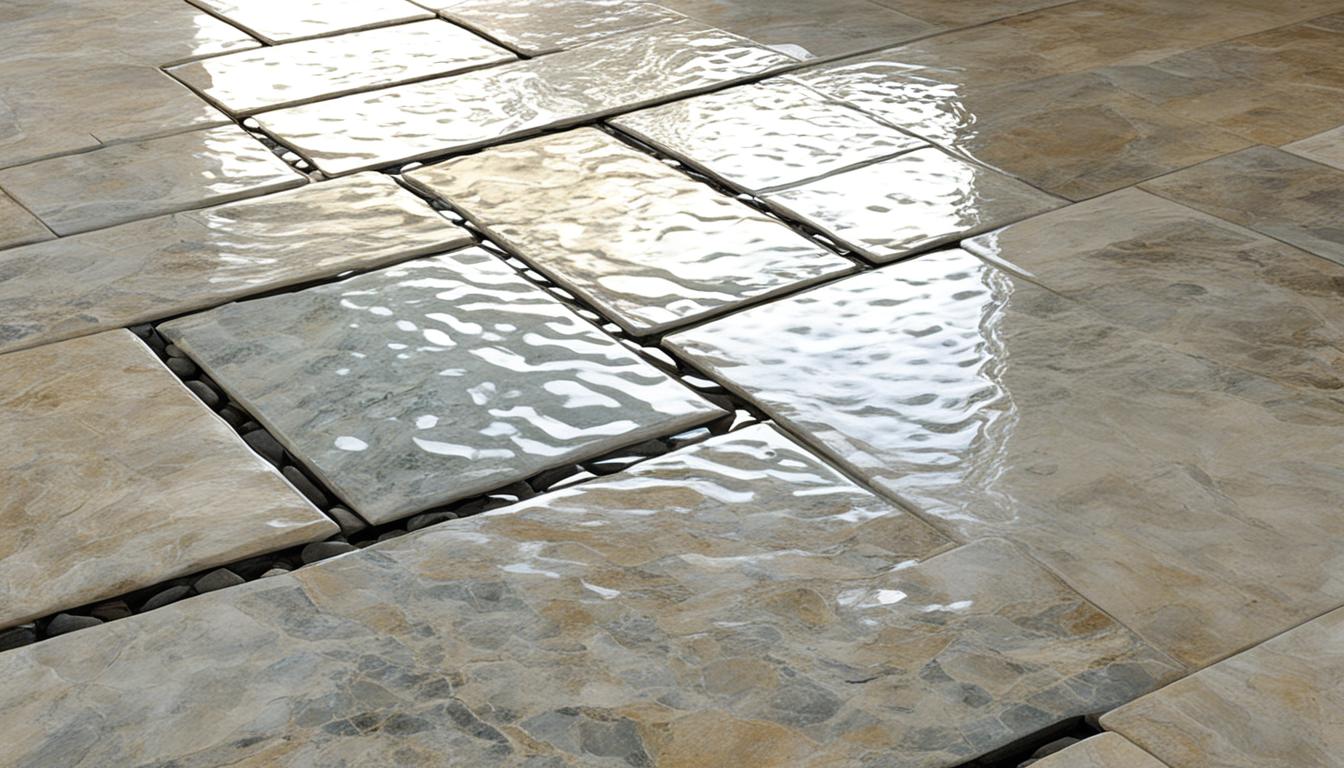In a realm where current materials often outshine the timeless beauty of authentic stone, the craft of stone restoration emerges as a crucial craft. Whether in historic buildings that share stories of the history or in the homes we cherish, restoring stone surfaces not only boosts their aesthetic appeal but also preserves our cultural history. As homeowners begin to acknowledge the importance of maintaining these natural wonders, the need for professional advice on stone restoration becomes increasingly important.
However where does one start when considering stone restoration? From identifying signs that it's time for restoration to understanding the typical pitfalls that can arise during the operation, mastering this trade requires insight and talent. Throughout this manual, we will explore key tips, common mistakes to avoid, and the best practices for caring for these beautiful surfaces, enabling you to approach your project with confidence and attention.
Typical Errors in Restoration of Stone
One of the most common mistakes in stone restoration is the use of incorrect cleaners. Many people overlook the reality that harsh chemicals can permanently damage natural stone surfaces. Acid-based or abrasive cleaners can remove the stone of its finish, erode its surface, and plus change its color. It's important to choose neutral pH cleaners especially designed for natural stone to maintain its integrity and appearance.
A further common error is neglecting to perform a thoroughly assessment of the stone's state prior to starting the restoration process. Failing to identify specific issues, such as cracks, chips, or spots, can lead to insufficient restoration efforts. Each type of stone has unique characteristics that require tailored restoration techniques, and understanding these nuances is crucial for achieving a favorable result.
In conclusion, many individuals erroneously opt for do-it-yourself restoration methods without seeking guidance from professionals when needed. While a DIY approach can be cost-effective, it frequently leads to unsatisfactory results if the person lacks experience and knowledge in stone care. Complex issues, such as significant damage or the need for honing and finishing, are preferably left to professionals who can ensure quality restoration that will stand the test of time.
Maintaining Your Natural Stone Surfaces
To keep your granite surfaces looking in optimal condition, regular maintenance is important. Start by cleaning and wiping down countertops with a soft cloth to eliminate dust and debris. For a more thorough clean, use a neutral stone cleaner that will not damage the stone. Steer clear of using aggressive chemicals or corrosive cleaners, as they can etch and dull the stone. marble repair sydney will help avoid buildup and protect the finish of the stone.
Applying a sealant to your stone is another crucial aspect of maintenance. Depending on the type of stone, sealing may be required every six months to a year. A top-notch stone sealer creates a protective barrier against stains and moisture. Be sure to select a sealer that is appropriate for your specific stone type. Testing a small area first will ensure that the sealer does not change the appearance of the stone.
In conclusion, be careful of the objects placed on your stone countertops. Steer clear of coarse materials that could scratch the surface and consistently use coasters and trivets for hot or moist objects. Additionally, promptly clean up spills to avoid staining. Implementing these habits will assist your stone surfaces maintain their aesthetic appeal and longevity, making sure they stay a standout feature in your home.
Do-It-Yourself vs. Professional Restoration
When considering rock restoration, one of the first choices to make is whether to undertake the project on your own or hire a professional. DIY restoration can be appealing for those who like practical projects and wish to save on work costs. Basic washing and upkeep tasks, such as removing stains or sealing surfaces, can be manageable with the appropriate tools and instructions. However, major damage or complicated restoration processes often require specific skills and knowledge that the average homeowner may lack.

On the other hand, expert restoration services bring skills and experience to the process. Experts are trained to handle a variety of stone types and can use advanced techniques that ensure a premium finish. They also have access to specific equipment that can be expensive for a do-it-yourselfer to purchase. While the cost in professional services may seem higher initially, it can lead to sustained savings by preventing further damage and preserving the integrity of the stone surfaces.
Ultimately, the choice between Do-It-Yourself and professional restoration should take into account the extent of the project, your expertise, and the importance of the stone surfaces in your home. For minor issues, a Do-It-Yourself approach may suffice, but for extensive or detailed restorations, hiring a professional can guarantee the highest results and reassurance.
